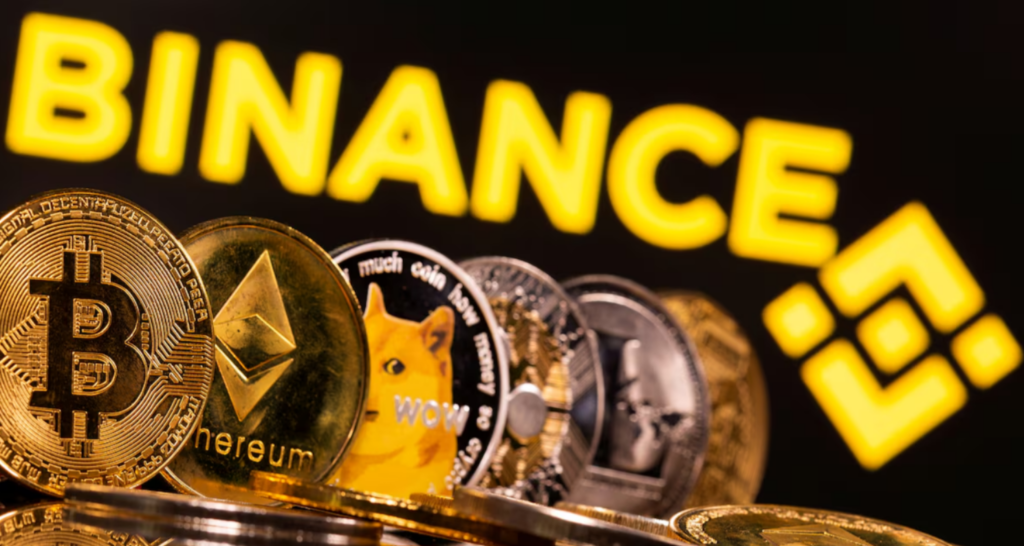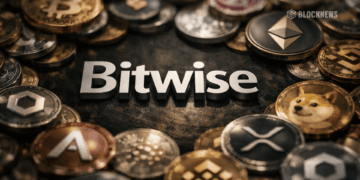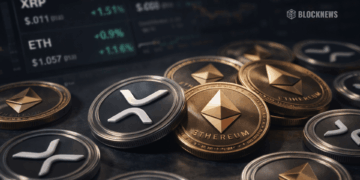- Retail investors contribute nearly 80% of assets under management in spot Bitcoin ETFs.
- Institutions show interest, but remain cautious, especially amid market volatility.
- Bitcoin ETFs see notable inflows, potentially indicating a market price adjustment.
A recent Binance report reveals that retail investors are responsible for nearly 80% of the total assets under management (AUM) in spot Bitcoin exchange-traded funds (ETFs). The study, released on Oct. 25, underscores the substantial role retail demand plays in Bitcoin’s ETF landscape since these funds became available in January 2024, drawing in $21.6 billion in net inflows over the past 10 months.

Source: Reuters
Retail’s Preference for Regulated Investment
According to Binance’s findings, much of the $63.3 billion currently held in Bitcoin spot ETFs is not fresh capital entering the crypto market. Instead, a significant portion appears to be retail investors transitioning their holdings from digital wallets and exchanges to ETFs, likely drawn by the security and regulatory structure offered by ETFs compared to direct on-chain holdings.
Binance analysts explained that spot Bitcoin ETFs serve both as a gateway for new investors and an alternative for those seeking regulated investment avenues without the complexities of digital wallets or high-fee options, such as Grayscale’s Bitcoin Trust.
Institutional Demand Remains Cautious
While retail investors lead, interest from institutions like investment advisers and hedge funds is gradually rising. However, some major traditional financial players, such as Vanguard, maintain a cautious stance on Bitcoin ETFs, with Vanguard CEO Salim Ramji reiterating the firm’s non-engagement with crypto ETFs in August.
Binance’s report notes that institutional trade volumes have seen limited change this year, likely due to volatile markets and uncertain liquidity conditions. Nonetheless, spot Bitcoin ETFs have enjoyed an “unusually large” inflow streak recently, amassing $2.88 billion between Oct. 11 and 23, signaling continued interest despite potential for near-term price adjustments.














